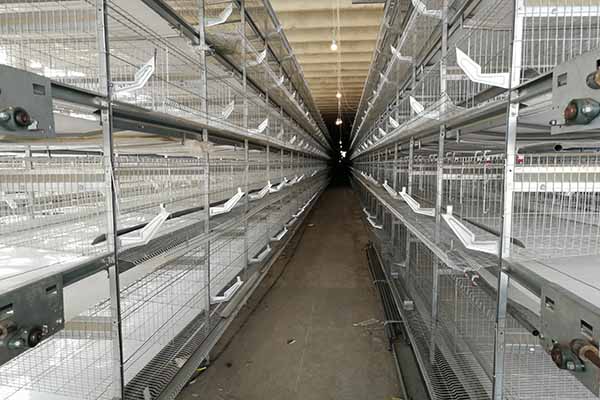Optimizing Chicken Cages for 10,000 Birds in Tanzania: A Comprehensive Guide
Introduction to Chicken Caging in Tanzania
In Tanzania, the poultry industry is rapidly growing, with an increasing demand for chicken meat and eggs. As a result, large-scale poultry farming is becoming more prevalent. With the aim of housing 10,000 birds, it is crucial to design and implement efficient chicken cages. This article provides a comprehensive guide to optimizing chicken cages for high-density poultry farming in Tanzania.
Key Considerations for Chicken Cages
When designing chicken cages for 10,000 birds, several factors must be taken into account:
- Space Allocation: Each bird requires adequate space to move around, eat, and rest. The recommended space per bird is about 0.4 square meters.
- Airflow and Ventilation: Proper airflow is essential to maintain a healthy environment. Cages should be designed with sufficient ventilation to ensure fresh air circulation and minimize heat stress.
- Feeding and Watering Systems: Efficient feeding and watering systems are crucial for high-density poultry farming. Consider automated systems to reduce labor costs and ensure consistent access to food and water.
- Sanitation and Waste Management: Proper waste management is essential to prevent disease outbreaks and maintain a clean environment. Implement a system for regular cleaning and disposal of waste.
Designing Chicken Cages for 10,000 Birds
To accommodate 10,000 birds, a large-scale chicken farming operation is required. Here are some key design elements to consider:
- Number of Cages: Divide the total number of birds by the recommended space per bird to determine the number of cages needed.
- Layout: Arrange the cages in a logical and efficient layout, ensuring easy access for maintenance and management.
- Equipment: Invest in high-quality equipment, such as automated feeding and watering systems, to improve efficiency and reduce labor costs.
Case Study: Successful Chicken Farming in Tanzania
A successful example of large-scale chicken farming in Tanzania is the XYZ Chicken Farm. With a capacity of 10,000 birds, the farm has implemented the following strategies:
- High-Quality Cages: The farm uses durable and well-ventilated cages to ensure the comfort and health of the birds.
- Automated Systems: The farm employs automated feeding and watering systems to improve efficiency and reduce labor costs.
- Regular Sanitation: The farm maintains strict sanitation protocols to prevent disease outbreaks and maintain a clean environment.
Conclusion
Optimizing chicken cages for 10,000 birds in Tanzania requires careful planning and implementation. By considering space allocation, airflow, feeding and watering systems, and sanitation, you can create a successful and efficient poultry farming operation. For more information and a free design and equipment quote, please contact us at LIVI Mechanical.





